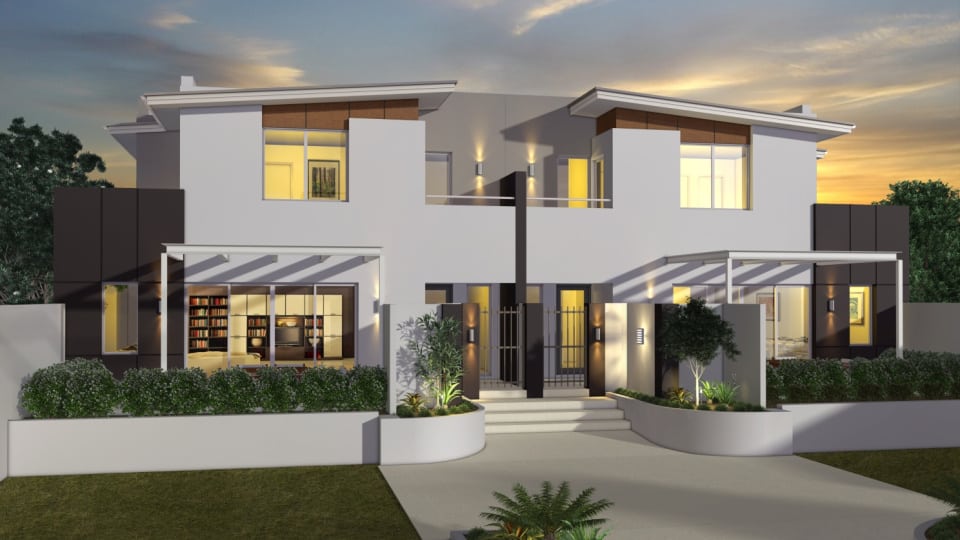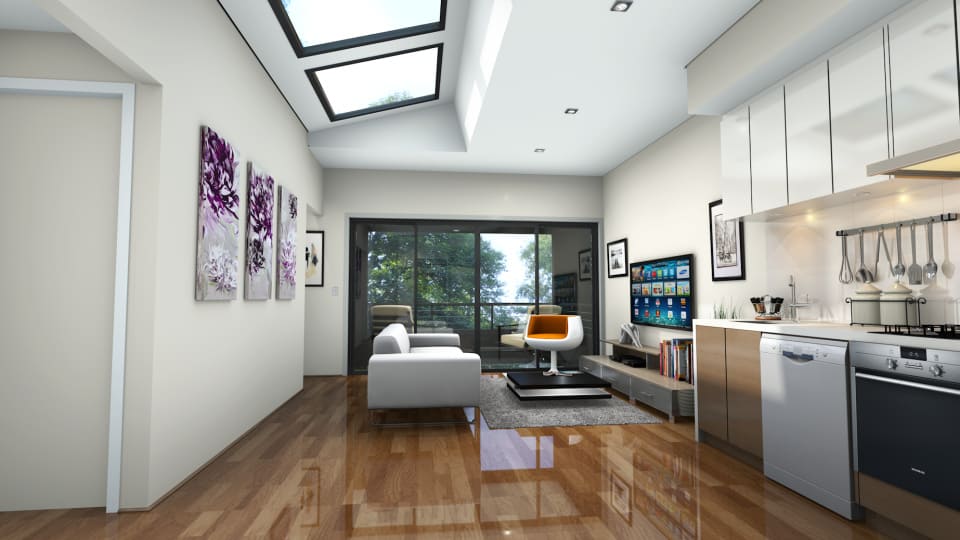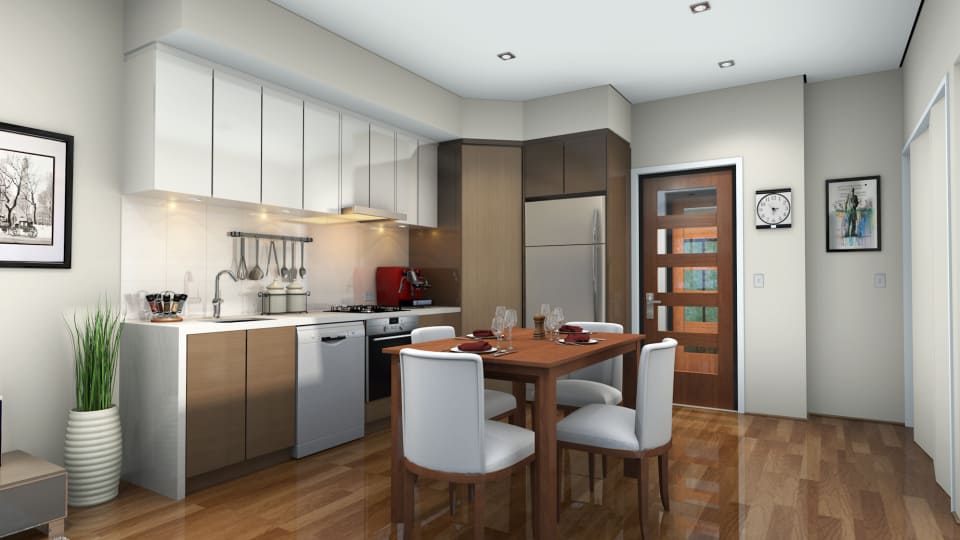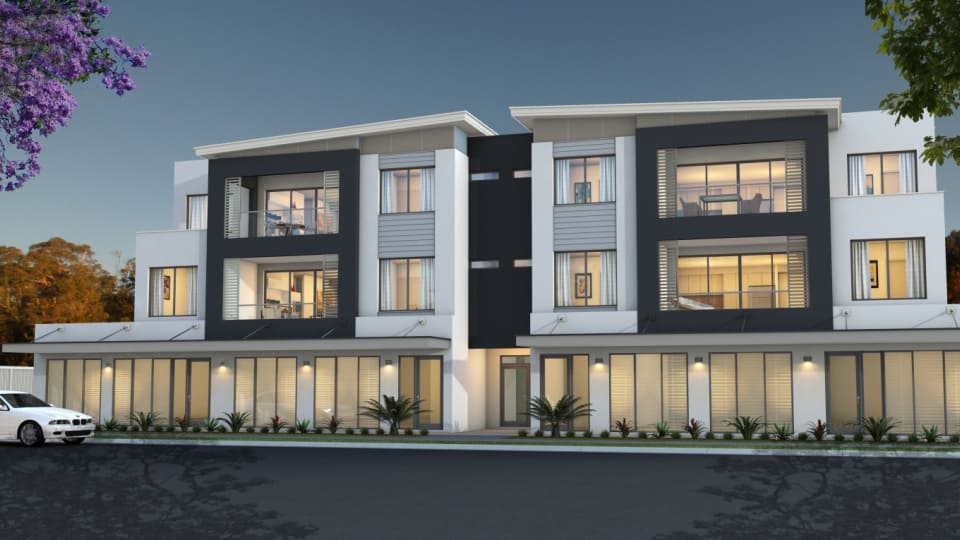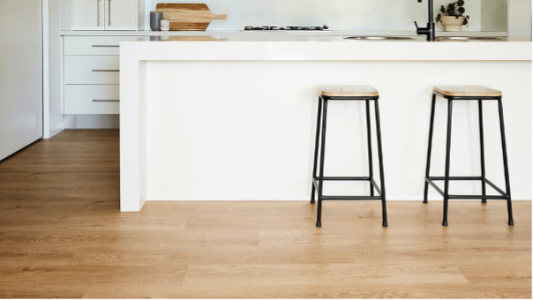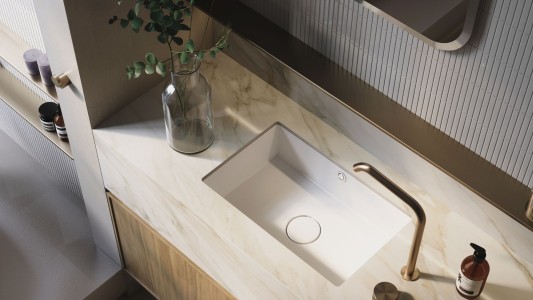The Rise of the Low-Rise
The Rise of the Low-Rise
By 2056, the Western Australian State Planning Strategy 2050 predicts that Western Australia’s population will rise from 2.5 million people to 4.4-5.6 million people.
These statistics correlate with predictions made by the Australian Bureau of Statistics (ABS), who state that people living in Western Australia’s capital is set to rise to 72 percent by 2053.
This dramatic increase in population will also increase the demand for residential properties; approximately 700,000 homes will be needed across Western Australia by 2056, with 550,000 of them located in the metropolitan area alone.
To support this growth the State Government have set councils certain targets to increase housing densities across the Perth metropolitan area. Most councils are therefore focussing on higher density housing around transport corridors and activity centres.
Damian Will, Sales & Marketing Manager at Vision One Projects says “This is likely to increase the development potential of such areas and developers would be wise to investigate zoning changes with businesses or town planners who have a full understanding of the subject.”
“This is the perfect time to take advantage of the growing Perth property market; savvy investors and developers will have the opportunity to undertake lucrative property development projects” says Mr Will.
The popularity and demand for apartment living in Perth continues to be strong, as noted in recent studies.
According to the Perth High Density Apartment Report, published by Master Builders and Y Research in March 2015, apartments now account for more than 20% of all building approvals in WA.
Approval data shows the proportion for detached housing such as flats, units, townhouses and apartments in Perth also rose and was 27 per cent at the end of 2014, up 11% from 2009.
So what is driving this step away from the typical Australian dream of a family home on a big block in the suburbs and why are low-rise apartments such a wise investment for property developers?
“Apartment developments are sometimes more attractive projects for potential investors than traditional developments such as single storey or two storey multi-unit projects” says Mr Will.
“When you choose to build apartments as opposed to units or townhouses, the land value of course remains constant, but the potential profits, capital returns and rental yields are likely to be much greater.
“Recent changes to the residential zonings and local authority town planning schemes now allow for higher density construction in some areas. This means you can now build apartments in many Perth suburbs where previously the residential zonings would have dictated developers could only build units, villas or townhouses.” Concluded Mr Will.
Of course the ultimate goal for investors is to create a product that is going to appeal to a large percentage of the market, and there are plenty of reasons why low-rise apartments tick a lot of potential buyers boxes:
- People want to be where the action is.
Unlike new residential estates on the outskirts of suburbia, apartment living allows people to live closer to the CBD and surrounding established suburbs. Nightlife, public transport and easy access to all amenities are attractive features to create both high owner occupancy and high demand rental properties.
- Affordability
According to REIWA, Perth’s median home price is around $527,250, whilst the average apartment costs around $428,500. The large cost saving of choosing a unit or townhouse over a traditional home is allowing first home buyers to enter the market place, or buy in a location which may otherwise be out of their price range. The lower pricing is also attractive to investors looking to expand their portfolios.
- Lower maintenance
Without large areas of lawn to mow or gardens to attend to and the associated costs, apartments offer a low maintenance alternative perfect for investors and owner occupiers alike. Outdoor areas for ground floor apartments or townhouses are likely to have been carefully planned to provide purposeful entertaining areas, rather than just space left over after a dwelling has been situated on a block.
- Smaller home – less costs to keep!
With a smaller average living area than a traditional home, furnishing a new apartment is also more affordable. Decorating and personal touches can be added on a smaller scale therefore ensuring the longevity of cost saving benefits. And when it comes time to completely refresh and renovate, the lower quantities of materials required may allow owners to select a higher end finish for the same cost as an average finish on a larger home.
- Lock and leave lifestyle
Whether a young professional couple or an empty nester, apartments and townhouses offer the perfect lock and leave lifestyle. With very little to worry about maintaining, there is less concern for owner occupiers and investors alike and allows people to get on with living their lives.
- Increased safety and security.
Many people may find comfort in the security aspect of apartment or townhouse living. Having neighbours close ensures that more people may be keeping an eye out. Apartments also often provide secure tenant parking.
- Potential resale
All of the items above lead to one point – the resale potential. Although marketplaces ebb and flow, having a well located, low maintenance, secure and affordable property will always help your property tick all the boxes on the checklist. Apartments and townhouses also rent well, with a current vacancy rate of 5.6%.
If you are interested in developing apartments, you can contact Vision One Projects on (08) 9240 6020 or visit visiononeprojects.com.au.
